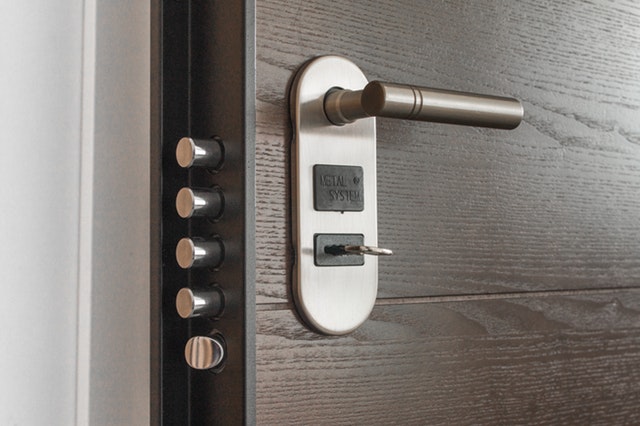What Is A Reverse Mortgage?
 A reverse mortgage is a way to use the equity value that built up in a home to improve the quality of life for those who have appropriate circumstances when they reach the retirement age of 62 or older. With a reverse mortgage, a person continues to live in their own home and retains the title to it but does not have to make any monthly reverse mortgage payments.
A reverse mortgage is a way to use the equity value that built up in a home to improve the quality of life for those who have appropriate circumstances when they reach the retirement age of 62 or older. With a reverse mortgage, a person continues to live in their own home and retains the title to it but does not have to make any monthly reverse mortgage payments.
A reverse mortgage may be helpful; however, not everyone qualifies for one. The benefits come with disadvantages as well. Here is a list of the advantages and the disadvantages for reverse mortgages.
Be sure to discuss this option with a qualified professional when thinking about a reverse mortgage before making any commitment.
Reverse Mortgage Advantages
- Reverse mortgage funds may be used to pay off an existing home loan balance. The funds may be taken out in a lump sum or paid in monthly installments for a certain period.
- The reverse mortgage creates a lien on the home but does not require any monthly loan principal or interest payments. This continues as long as the person lives in the home and takes care of it (paying the property taxes, home insurance, HOA fees, etc.)
- Usually, a reverse mortgage has no effect on social security payments or Medicare benefits. It does not usually cause any tax consequences because it is a loan structure, not income.
- If repayment of the loan happens at some point, any equity remaining is still available to the homeowner for any purpose, such as giving something to heirs.
- It is a non-recourse obligation. There is no personal liability to repay the reverse mortgage loan if the equity value in the home is not sufficient to pay it off.
Reverse Mortgage Considerations
- Since a reverse mortgage has no payments, the loan balance increases and the interest accumulates over time.
- A reverse mortgage reduces the equity in the home that would otherwise be available to heirs. If the remaining equity exceeds the loan, the home can be sold off to repay the loan and the balance can then go to the heirs.
- Medicaid eligibility or disability payments (SSI) may be affected.
- A reverse mortgage loan becomes immediately due if certain things happen, such as the death of the homeowner, the homeowner vacates the house for six months or more for a non-medial reason and 12 months or more for a medical reason. It becomes due if the home is no longer the principal residence of the reverse mortgage borrower.
- The loan is immediately due if the homeowner does not pay the property taxes, home insurance premiums, HOA fees, and other things necessary to maintain the home.
Summary
A reverse mortgage is a special financial tool that needs to be used only when appropriate. Typical rates for these loans may be higher than standard home equity lines of credit and other traditional home-refinancing options. Consider all the details very carefully before and as always, consult with your trusted home finance professional to get the best advice for your unique situation.
 One of the best things about moving into a new home is personalizing it and really making it yours. From hanging wall art to arranging furniture to finding the perfect spot for your grandmother’s hand crocheted afghan, it’s a real joy to decorate.
One of the best things about moving into a new home is personalizing it and really making it yours. From hanging wall art to arranging furniture to finding the perfect spot for your grandmother’s hand crocheted afghan, it’s a real joy to decorate. Last week’s economic releases included readings on construction spending, public and private sector jobs and national unemployment. Weekly reports on mortgage rates and first-time unemployment claims were also released.
Last week’s economic releases included readings on construction spending, public and private sector jobs and national unemployment. Weekly reports on mortgage rates and first-time unemployment claims were also released.